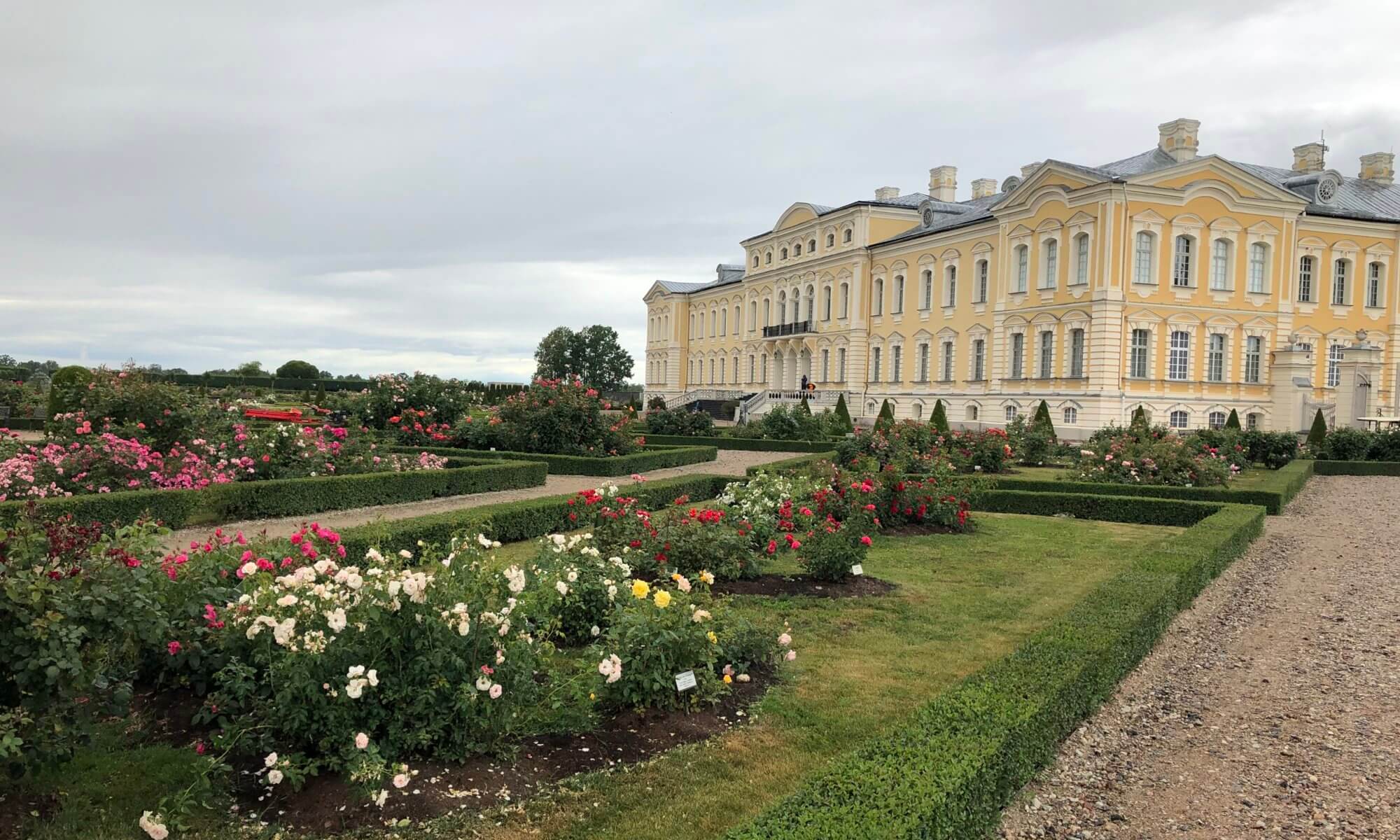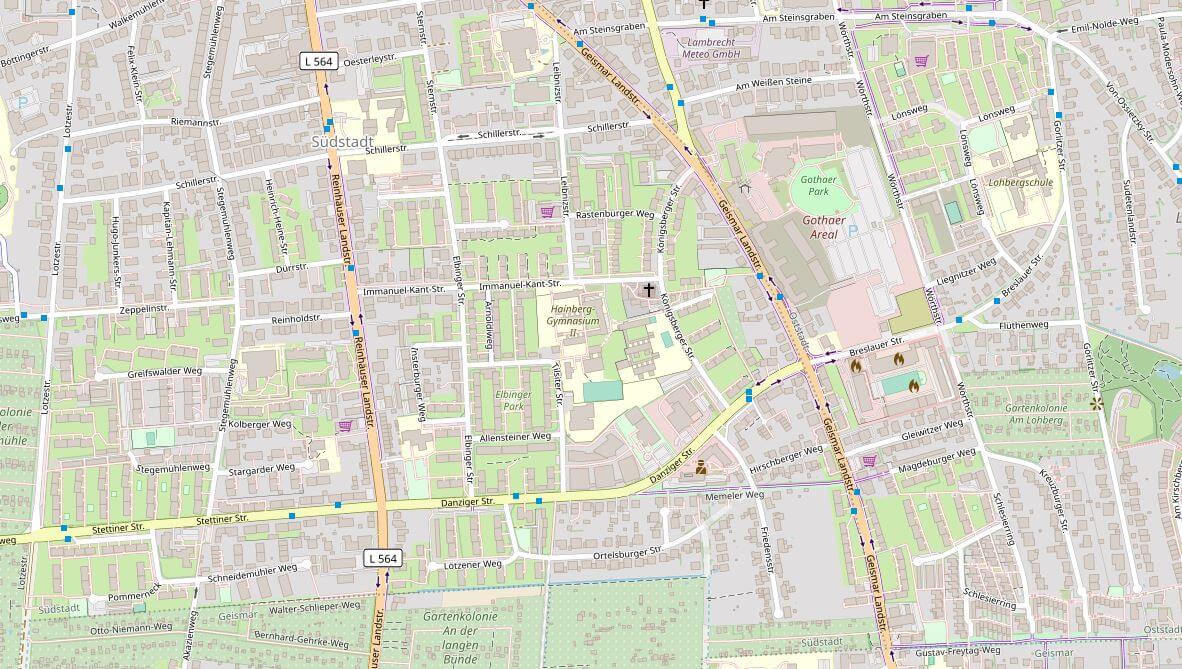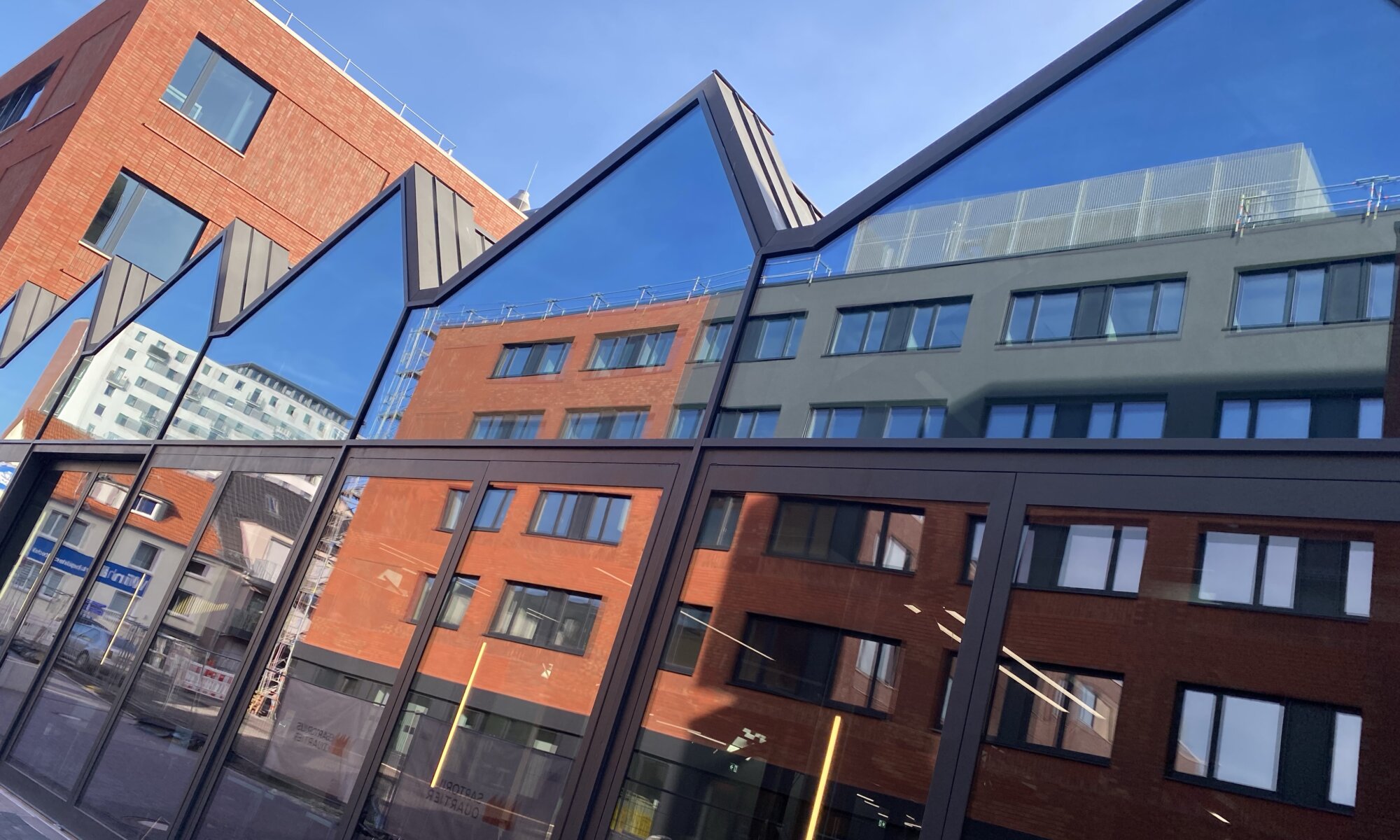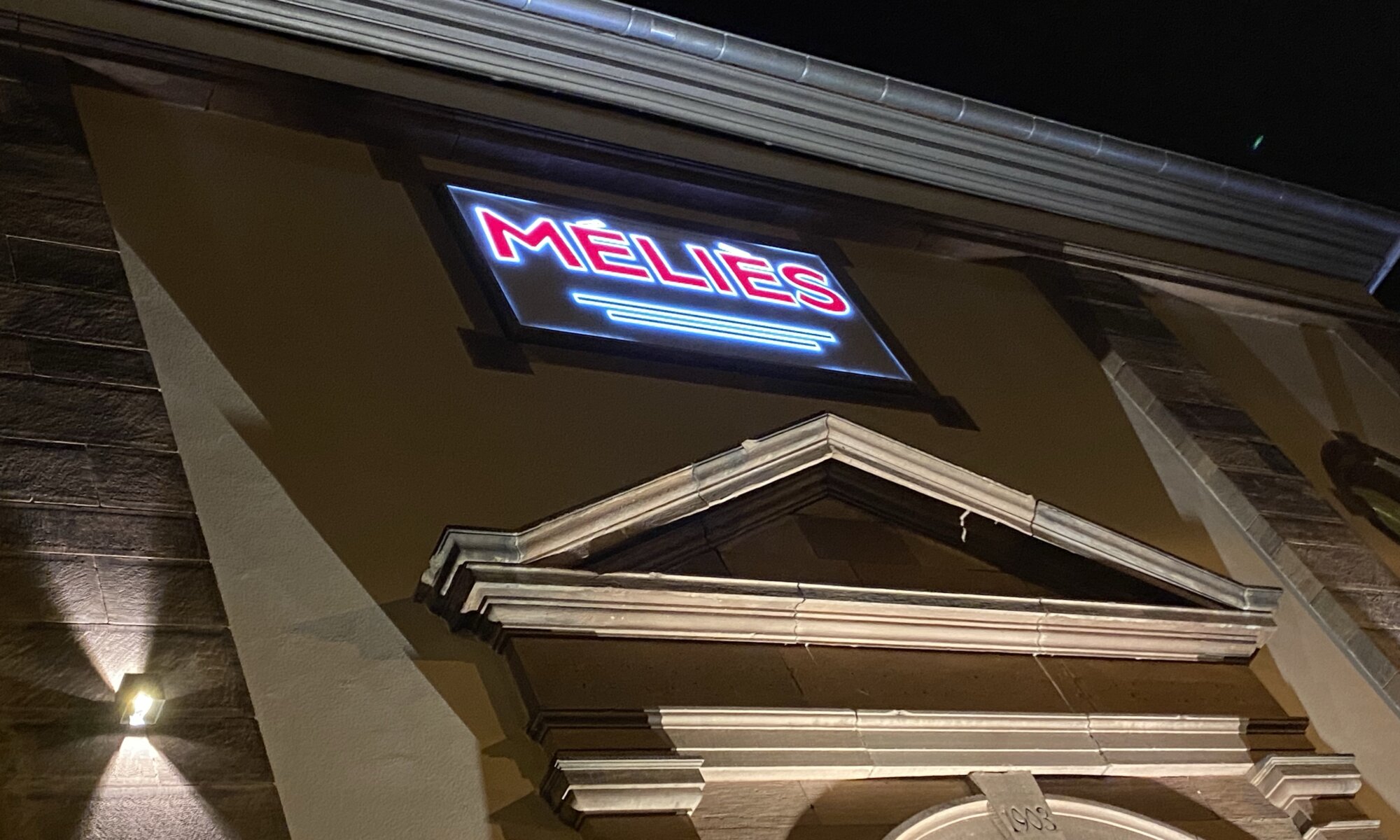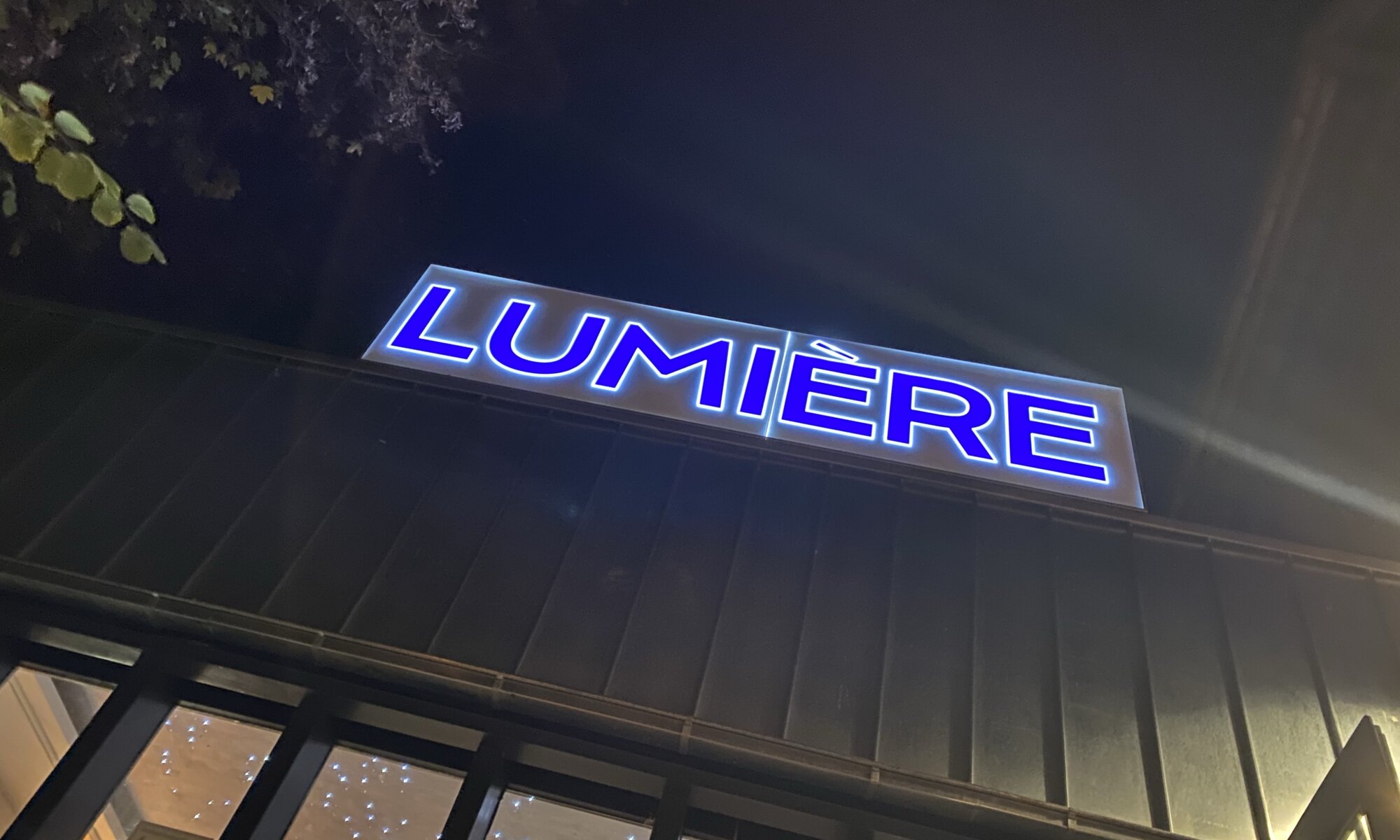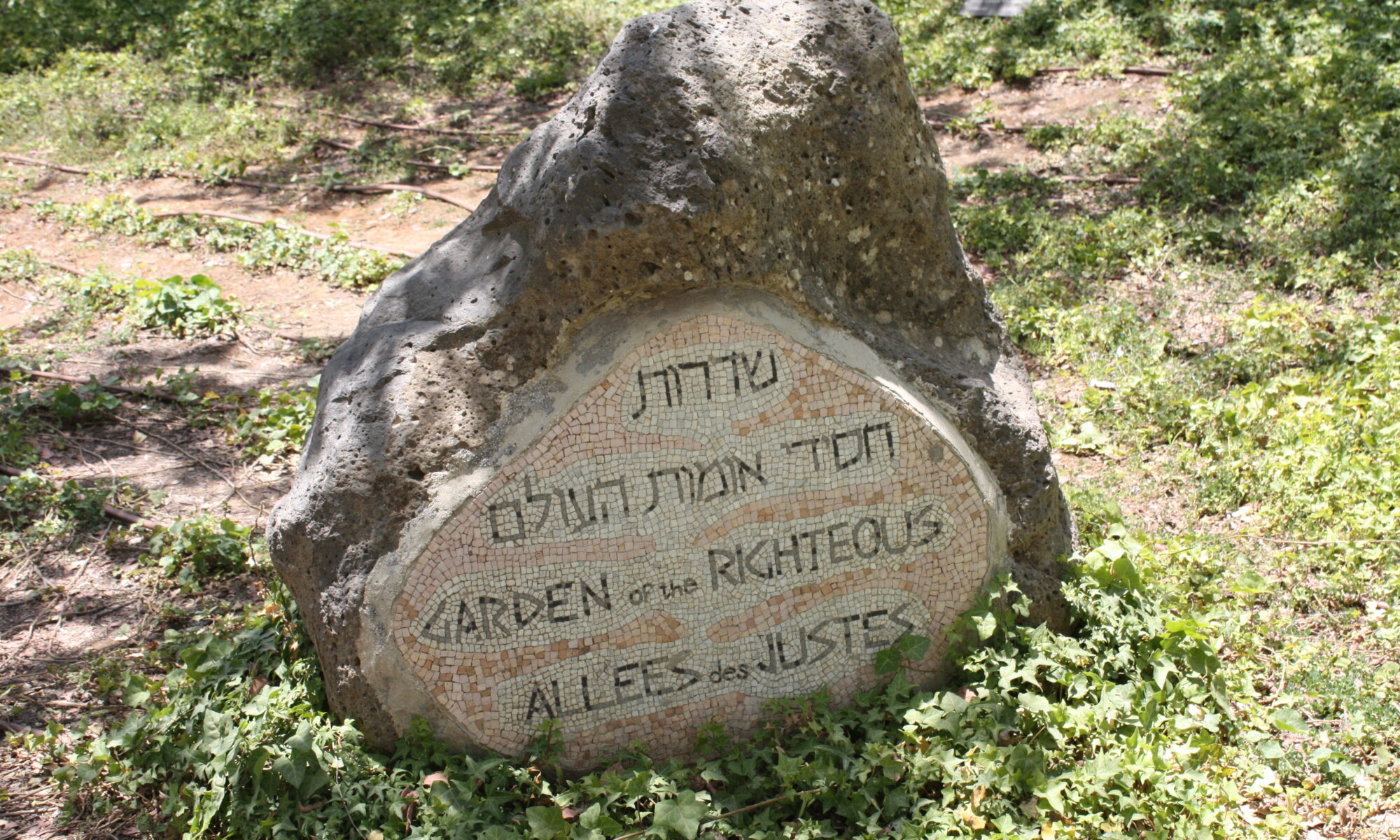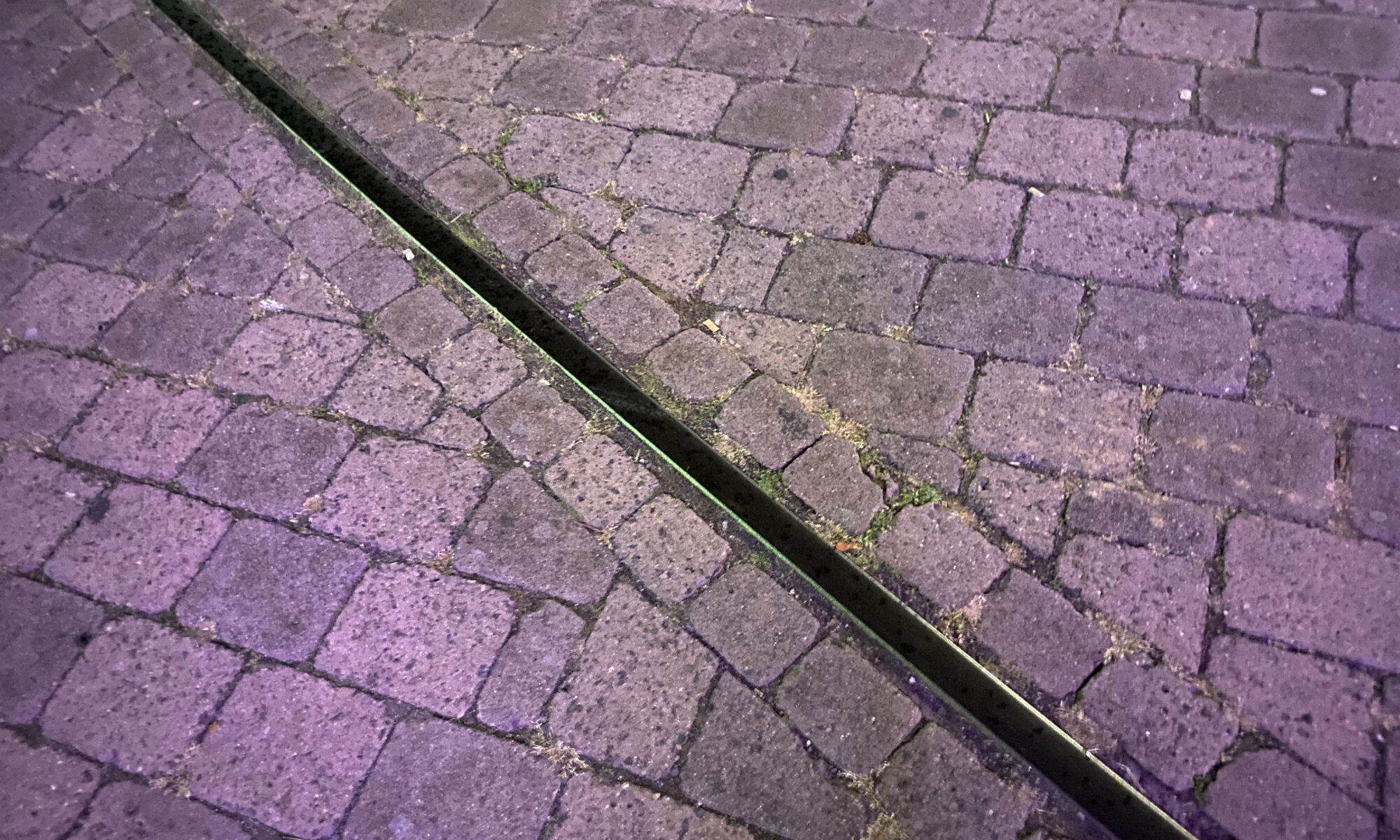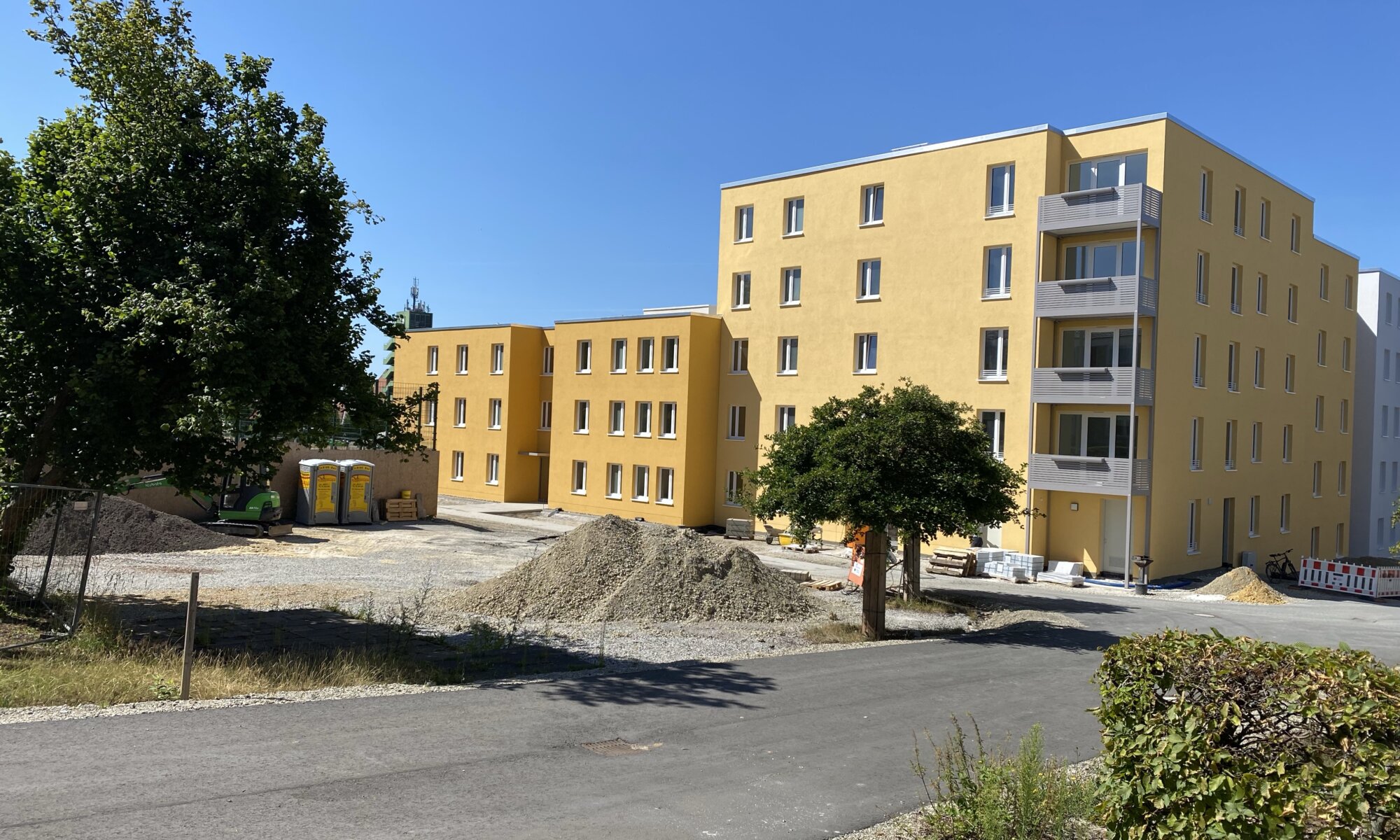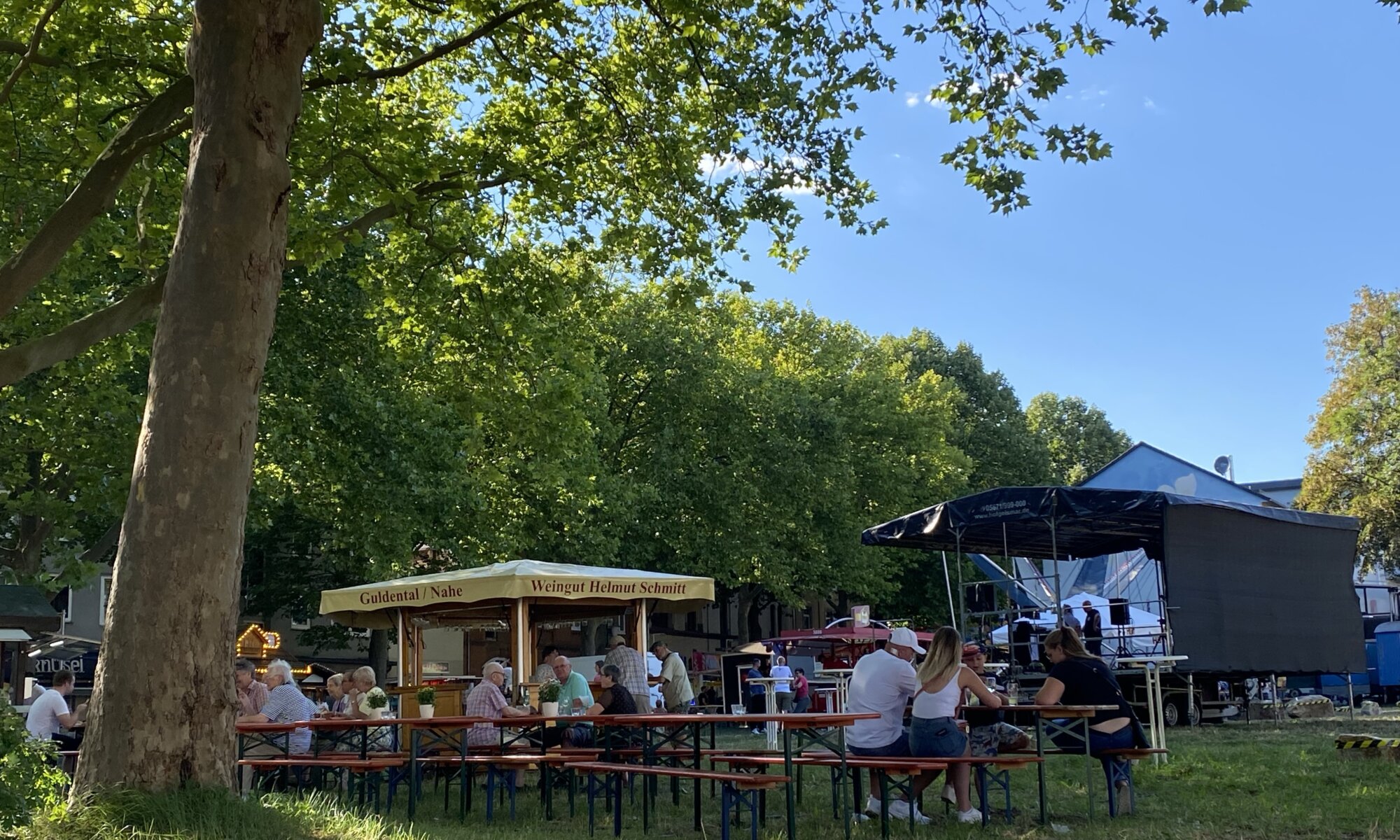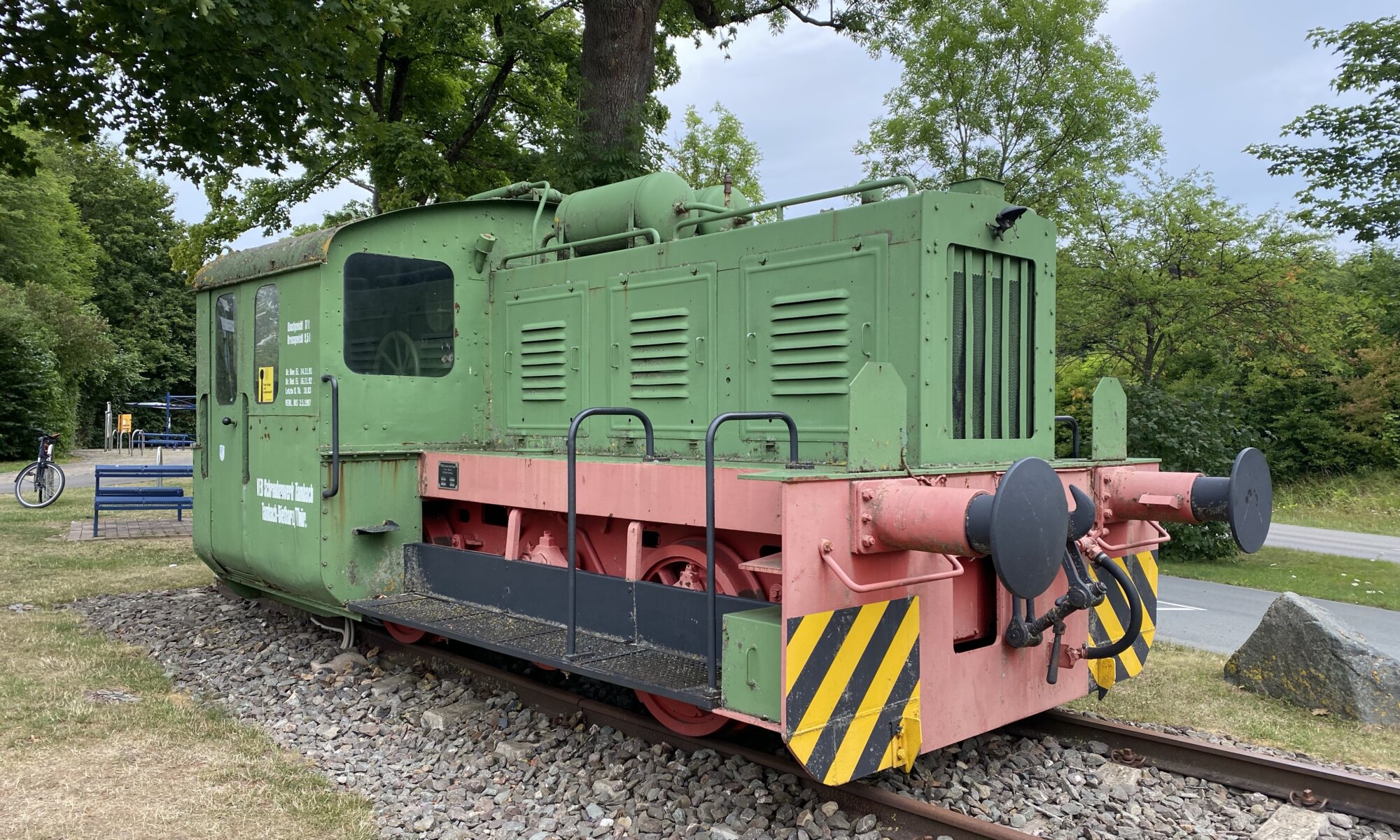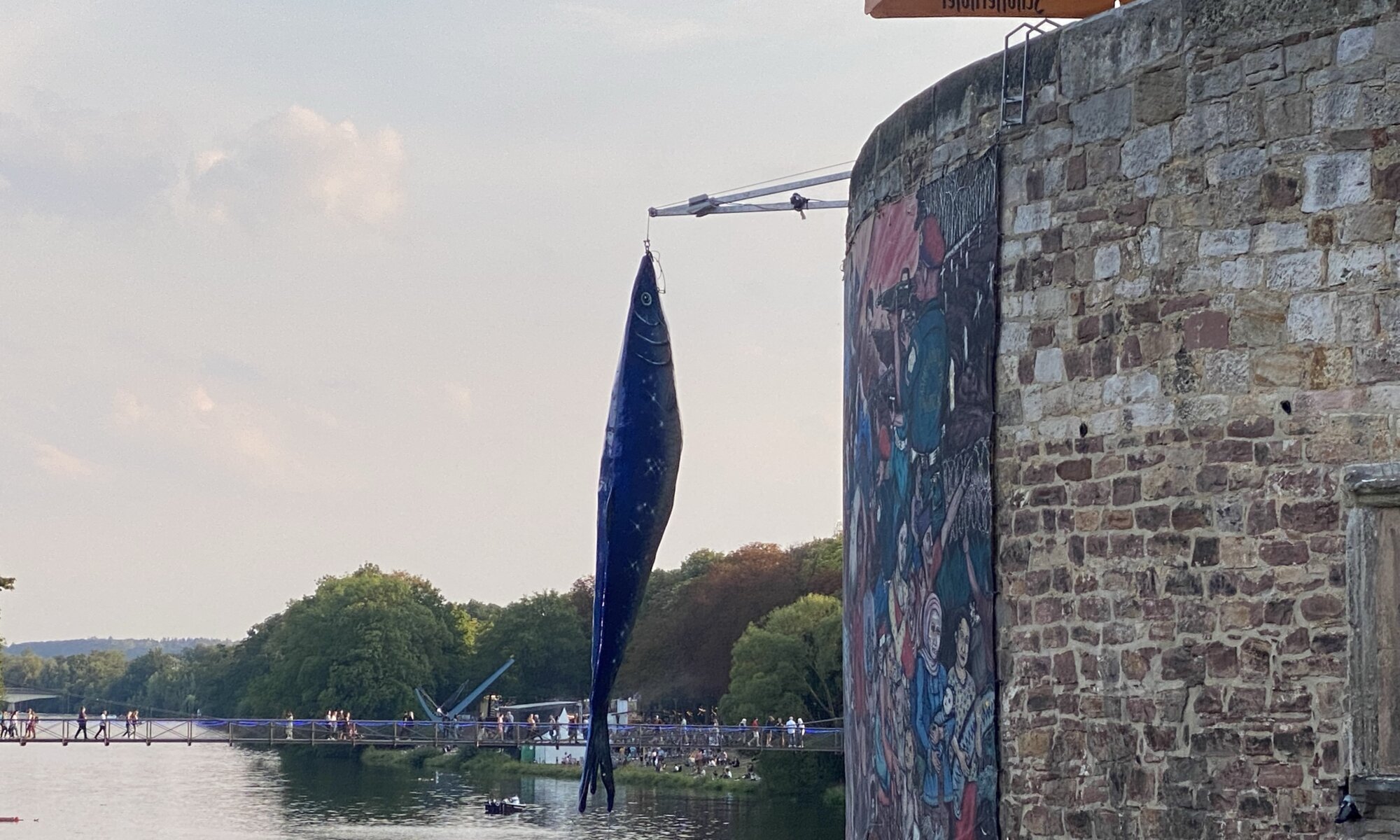When exploring the south of Göttingen you will find a lot of streets named after former German cities. Cities that you can still find on maps but that have new names. Cities that Germany lost after World War II. And these streets are all lined-up along an axis that begins with the street Stettiner Straße (Szczecin) that becomes the Danziger Straße (Gdańsk) and later turns into the Breslauer Straße (Wrocław).
Continue reading “Cities with new names”Sheddachhalle
I was growing up in the northern part of Göttingen. Close to the home of my parents was the factory building of Sartorius, producing pharmaceutical and laboratory equipment. And this area was for sure closed, you couldn’t look behind the walls surrounding it. With the extension of the company and the continuous move to the industrial area in the city quarter Grone the former company area (now called Sartorius-Quartier) was opened up. It now contains a restaurant with a rooftop bar, a life science innovation hub, a hotel, shops, numerous flats and a new event location, the Sheddach-Halle.
Continue reading “Sheddachhalle”Méliès
Did you ever watch a movie in a church? If not, the Méliès at Göttingen gives you the option to do so. It is a small cinema located in a former Baptist church close to the Bürgerstraße, the ring surrounding the city center. The old church dates back to the year 1903 and was standing empty for about 35 years until a new usage and an investor had been found. Now it houses a special cinema, the former altar is now stage and screen and the gallery of the church has been preserved so that the former character of the building remains.
Continue reading “Méliès”Lumière
The Lumière is one of the small cinemas at Göttingen, Germany. Named after the brothers Auguste and Louis Lumière, pioneers of cinema technology, it was opened in 1986 close to the city center, next to the new town hall building. The cinema understands itself as an alternative to the typical multiplex cinemas of our times. It has one single room which is used to show films, for exhibitions and theatre performances.
Continue reading “Lumière”Marianne, Hedwig & Meta
When the houses in the Ebertal in the south of Göttingen will be rebuilt also the streets will change: some new ones will appear, others will be renamed. A long part of the current Lönsweg will than be known as the Meta-Kamp-Steinmann-Straße. On the Gothaer-Areal nearby a Hedwig-Gerke-Weg and a Marianne-Ellenbogen-Weg will appear. Hopefully these new street names will cause people to search for the history behind them. What does connect these three women?
Continue reading “Marianne, Hedwig & Meta”Absorption
Once upon a time the city of Göttingen had different cinemas: the Sterntheater in the Sternstraße, the Capitol in the Prinzenstraße, the Cinema in the Weender Straße and many more before them. When in 1996 the large multiplex cinema CinemaxX opened in the former Lokrichthalle we all went there and enjoyed the modern atmosphere and the new technology. This was the beginning of the end of the smaller cinemas.
Continue reading “Absorption”Ebertal
The Ebertal is an area of Göttingen that has a bad reputation, at least for older people. It was created as a PoW camp, became an emergency accommodation after World War II and then temporarily was seen as socially problematic area with a lot of youth crime. Currently it is completely rebuilt and thoughtful politics will lead to a good combination of inhabitants and a high living quality.
Continue reading “Ebertal”Wehlheider Kirmes
When I moved to Kassel, Germany, I was offered a flat at a city quarter called Wehlheiden. It was advertised with the words ‘During the Wehlheider Kirmes you’re at the center of action‘. Fortunately, a local friend told me that you don’t want to live in the center of this event and decided to move to the Vorderer Westen instead (mostly because of the brothel next door). But this shouldn’t be too negative as the Wehlheider Kirmes is really beloved by the Kasseler, Kasselaner and Kasseläner.
Continue reading “Wehlheider Kirmes”Ederseebahn
I always enjoy riding my bike on old converted railway tracks: the inclination is limited, the infrastructure is often good, many tunnels and bridges are found on the way and you can typically discover remains of past railway times. One of these converted tracks can be found close to the Edersee in Northern Hesse: Between 1884 and 1917 a railway track was opened linking Wabern (Hesse) and Brilon-Wald (North Rhine-Westphalia). While the routes from Wabern to Bad Wildungen and from Korbach to Brilon-Wald are still in operation and served every two hours, the middle section from Korbach to Wega is out of service.
Continue reading “Ederseebahn”Zissel
The inhabitants of Kassel like to party and after 2.5 years of pandemic limitations it was time again for the biggest party, the Zissel. It is unclear were this name comes from but the best guess is that it originates in the Low German language where it means something like to spend money for having fun. The Zissel is celebrated since 1926 and always happens on the first weekend of August from Friday to Monday. It starts with attaching the Zisselhäring (a large herring) to the Rondell on Friday and ends with removing and releasing the herring to the water on Monday evening.
Continue reading “Zissel”